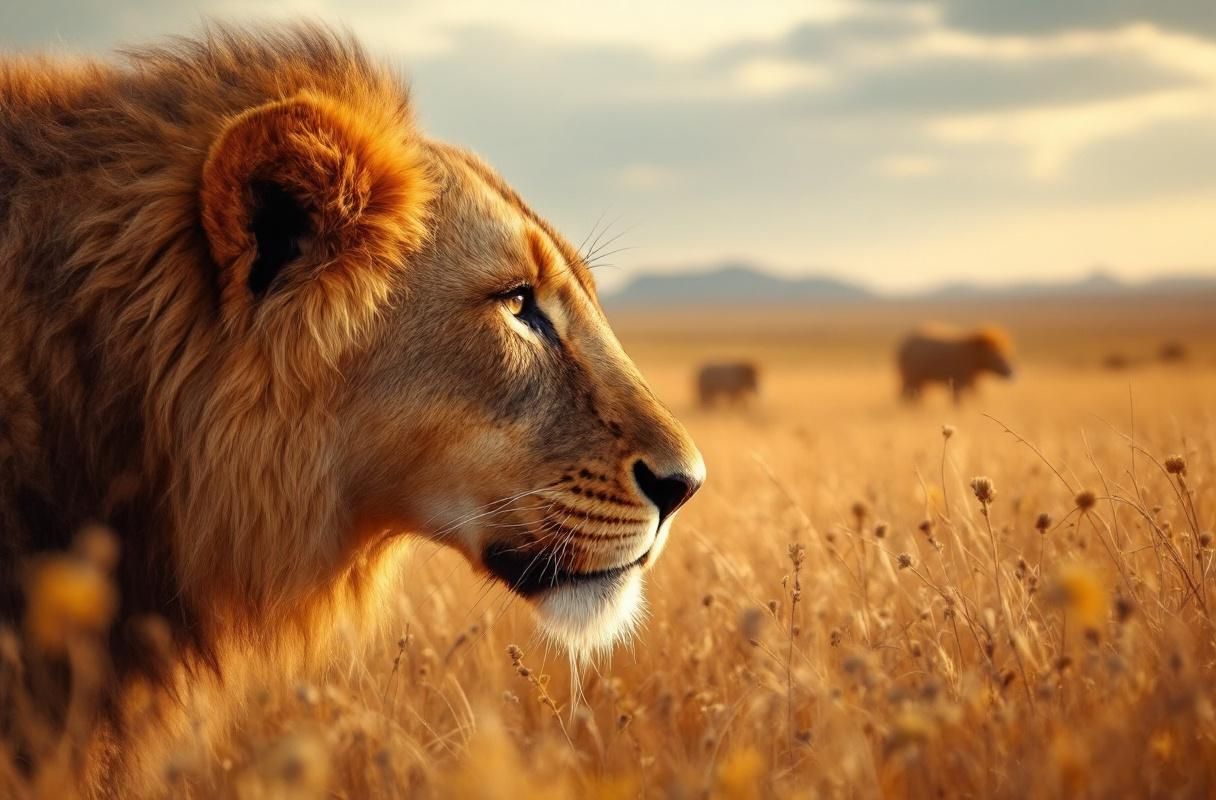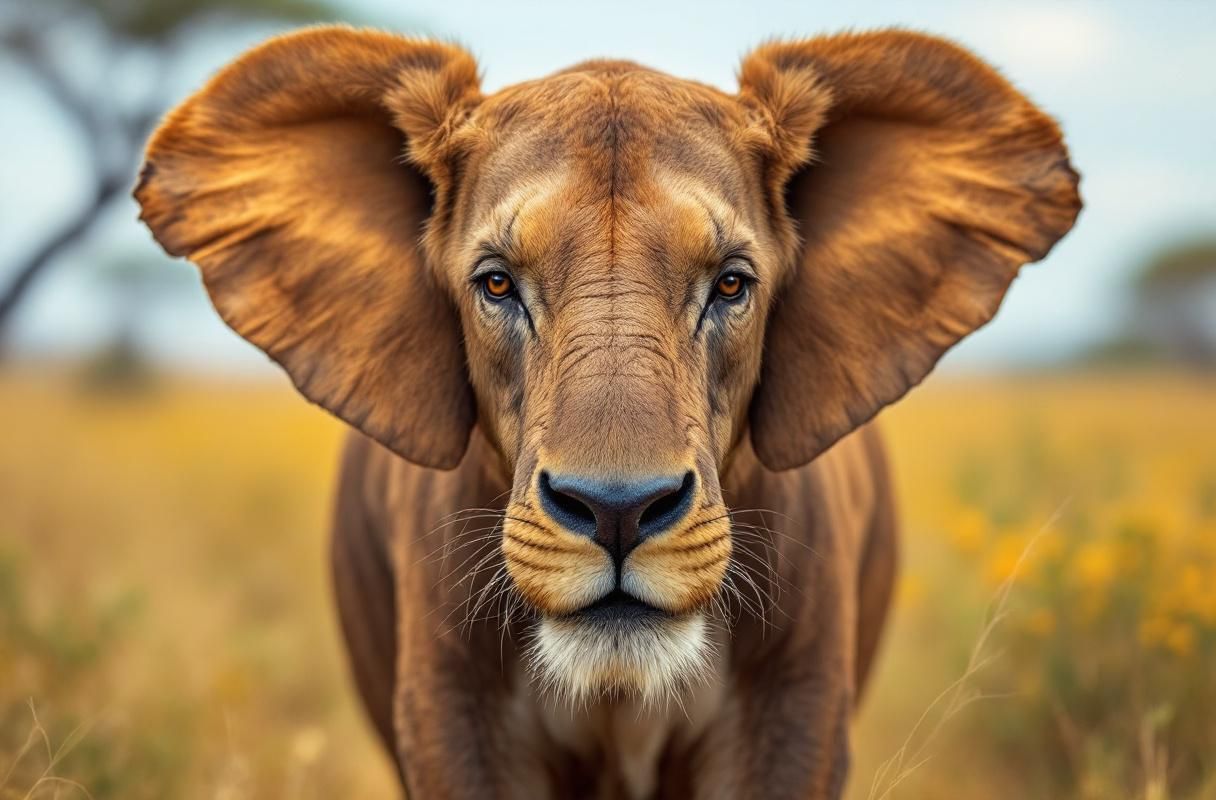
Africa's savanna is a vibrant tapestry of life, home to a plethora of unique wildlife that captures the imagination of travelers and nature enthusiasts alike. From the majestic African elephants to the stealthy leopards, the diversity of African animals is astounding. This comprehensive guide aims to delve into the fascinating world of African wildlife, offering insights into the best times of year to see these incredible creatures, as well as practical tips for safari tours that maximize your wildlife viewing experience.
The savanna ecosystem is characterized by its mixed grasslands and scattered trees, creating an ideal habitat for a variety of species. This environment is not only beautiful but also plays a crucial role in the survival of many African animals. The seasonal cycles of the savanna, including wet and dry seasons, significantly impact the behavior and movements of wildlife.

The savanna is defined by its distinct seasonal patterns, which influence the availability of food and water. During the wet season, grasses flourish, attracting herbivores that, in turn, draw predators. As the dry season approaches, water sources dwindle, causing many animals to migrate in search of sustenance.
Understanding these characteristics is fundamental for anyone interested in observing African animals in their natural habitat.
Timing is everything when it comes to wildlife viewing in Africa. Different seasons offer unique opportunities to observe various species in their natural behaviors. Knowing when to plan your safari tours can significantly enhance your chances of encountering the magnificent creatures that call the savanna home.

The wet season, which typically runs from November to April, is characterized by lush vegetation and abundant water supplies. This season attracts many migratory birds and facilitates births among various species. However, dense foliage can make wildlife spotting more challenging.
In contrast, the dry season, spanning from May to October, is often regarded as the best time for wildlife viewing. As water sources diminish, animals congregate around remaining waterholes, making them easier to spot. The absence of foliage also allows for clearer visibility.
Once you've determined the best time to visit, the next step is to plan your safari tour. With countless options available, it is crucial to choose the right type of tour that aligns with your interests and goals.

There are various styles of safari tours that cater to different preferences and experiences. Understanding these options will help you make an informed choice.
Game drives are the most common form of safari tour, typically conducted in open-sided vehicles. These drives allow for a comfortable viewing experience while providing access to a wide range of wildlife.
For those seeking a more immersive experience, walking safaris offer an opportunity to explore the savanna on foot. Guided by trained rangers, participants can gain a deeper understanding of the ecosystem.
Africa is home to numerous national parks and reserves, each offering distinct wildlife experiences. Selecting the right destination is essential for maximizing your safari experience.
While popular destinations offer incredible wildlife viewing, consider exploring lesser-known parks for a more intimate experience with African animals.
When planning a safari, it is essential to address common misconceptions that may influence your expectations and experiences.
Many travelers believe that wildlife is only active during early morning or late afternoon hours. While it is true that many animals exhibit crepuscular behavior, several species, including lions and hyenas, can be active throughout the day.
While it is important to respect the wildlife and exercise caution, not all African animals pose a threat to humans. Many species, including herbivores like giraffes and elephants, are generally non-aggressive unless provoked.
To ensure a rewarding safari experience, consider the following tips:
Embarking on a safari tour in Africa is an unforgettable experience that offers a chance to witness the incredible diversity of African animals in their natural habitat. Understanding the seasonal patterns of the savanna and choosing the right time for your visit can significantly enhance your wildlife viewing opportunities. By planning thoughtfully and addressing common misconceptions, you can create a fulfilling adventure that deepens your appreciation for the remarkable wildlife that thrives in Africa.
As you prepare for your journey, consider exploring additional resources such as wildlife guides, conservation organizations, or travel blogs to enrich your understanding and enhance your safari experience. Happy exploring!
Get free resources, early access to new features and updates.
No spam. Just fun educational emails!